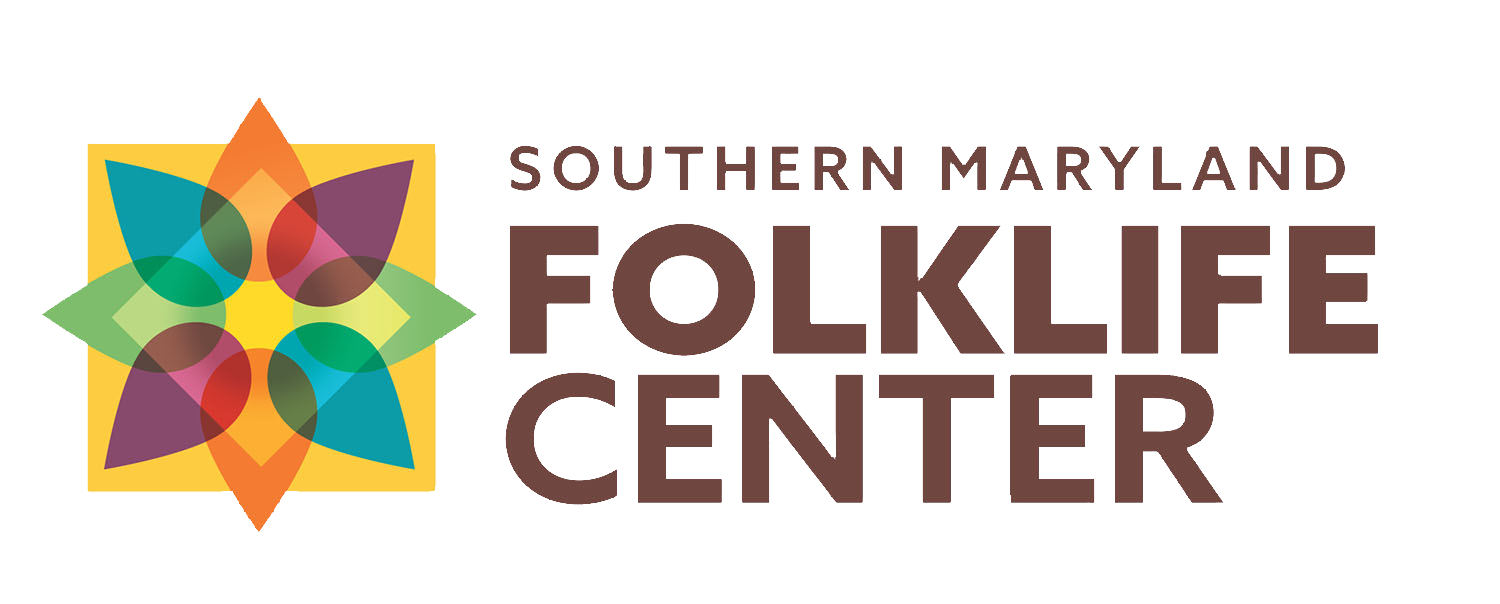The Cultural and Historical Role of Wampum
Mario Harley
“Wampum is sacred to our people. It is created from the shell of the Quahog Clam. This type of clam can be found along the east coast of Turtle Island (North America) from New England to the Carolinas. The white and purple parts of the shell are cut to make beads. Wampum is a highly valued cultural resource within many Native American tribes from the Atlantic coast to the Great Lakes including my people, the Piscataway.
I will be presenting to the attendees the cultural, historical and economic role of wampum before and during the European invasion of Turtle Island. My presentation will cover the source and process of making wampum beads, to the role and cultural meaning of Wampum Belts. Historically, when a string of Wampum is being held in a person’s hand, they are said to be speaking truthfully. People listening to a speaker holding the wampum also knew this and are were very attentive and respectful of the speaker’s message. Wampum served as a person’s credentials or a certificate of authority. It was used for official purposes and religious ceremonies.
When woven into a belt, the beads become formed into a living record. The creation of the design within the belt helps knowledgeable individuals to recount historical agreements. The design pattern is a visual guide to help recall the agreement. Today wampum is also utilized as jewelry. It is common place to see our people wearing rings, necklaces, earring, watchbands, etc. with pieces of wampum.”
Mario Harley is a citizen of the Piscataway Indian Tribe, and a member of the Wild Turkey Clan. Since childhood, he has embraced and lived his culture. He is a graduate of the American University in Washington DC with a Bachelor of Science degree in Business Administration. As an adult he has diligently been involved in researching and promoting his Tribal history. Mario is the lead volunteer instructor for the Charles County Indian Education program for Native American students; and is a lifetime member of the American Indian Science and Engineering Society (AISES). He has been an active member in perpetuating the Piscataway culture, teaching the youth, educating the public, and advocating for the lands and waterways that make up the traditional Piscataway homeland which includes most of the western shore of Maryland, northern Virginia and Washington DC.

